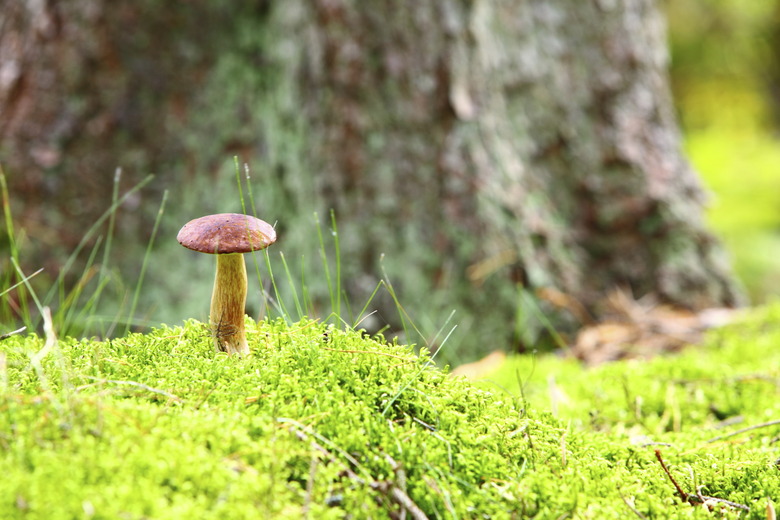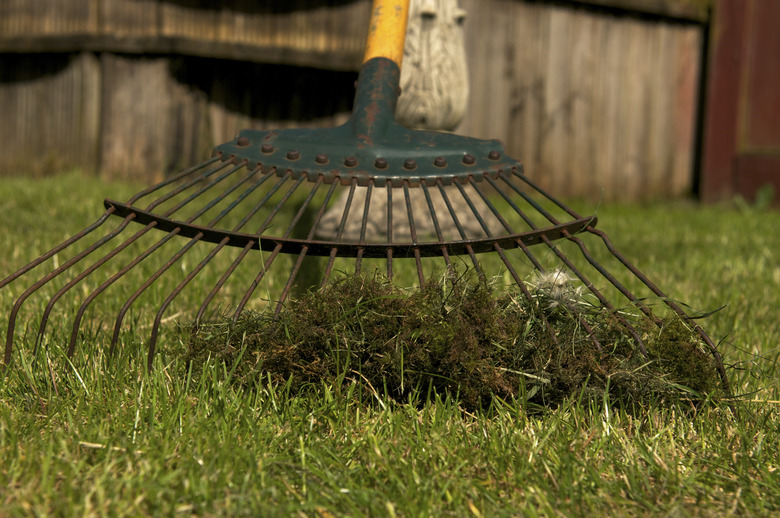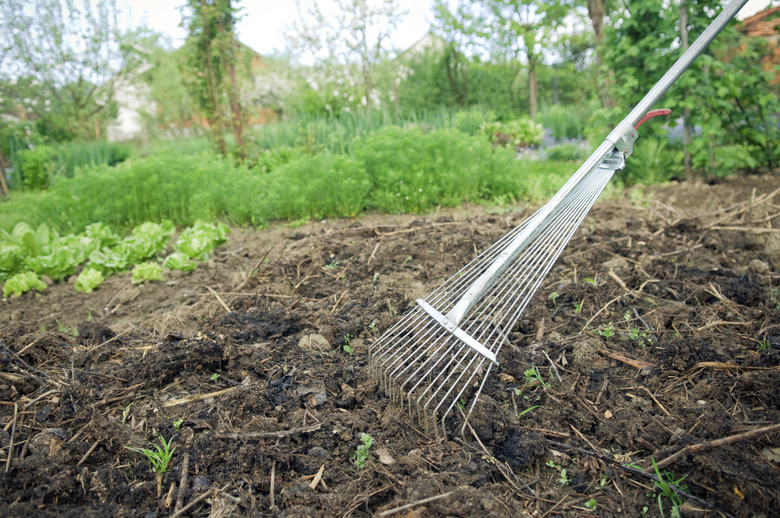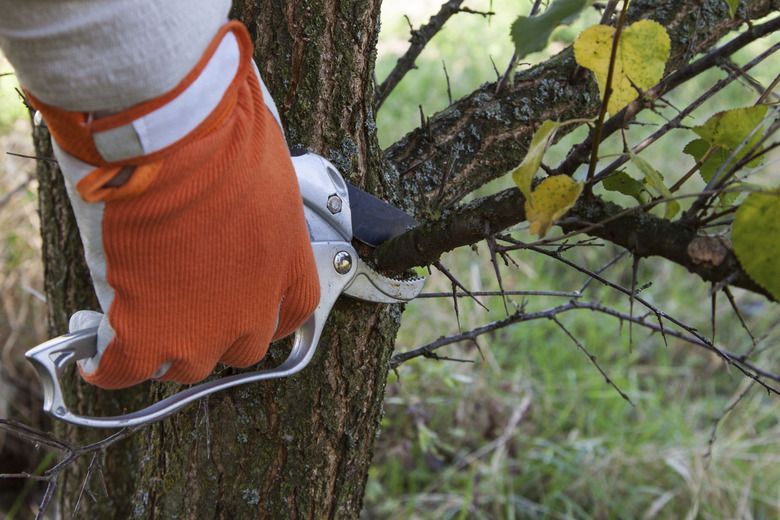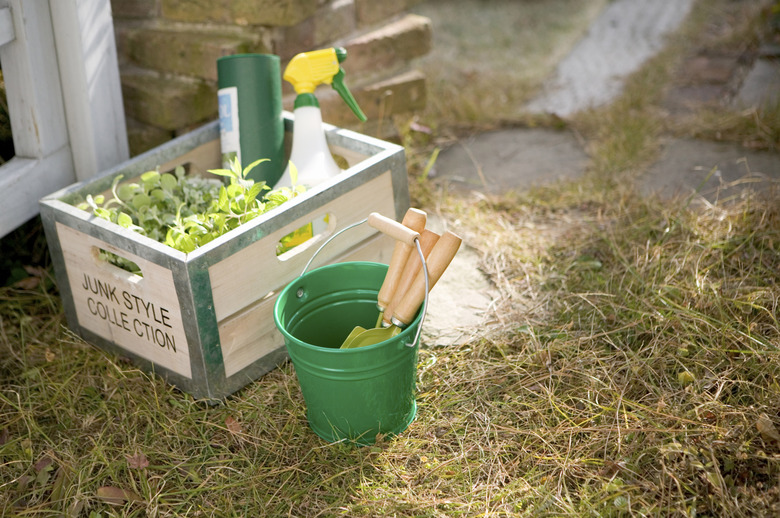How To Kill Moss And Toadstools In Lawns
Moss and mushrooms may look awful, but they rarely cause lawn damage. Instead, they are the result of conditions that favor the growth of the fungus but weaken the lawn. Fertilizing the lawn regularly, along with managing shade and soil moisture, can eliminate most moss and mushroom problems.
Moss and mushrooms-growing-in-the-lawn.html)-growing-in-the-lawn.html) may look awful, but they rarely cause lawn damage. Instead, they are the result of conditions that favor the growth of the fungus but weaken the lawn. Fertilizing the lawn regularly, along with managing shade and soil moisture, can eliminate most moss and mushroom problems.
Manual Removal
Removing moss and the visible fruiting structure of mushrooms is sometimes enough to control a minor infestation. Rake up thick mats of moss and dispose of them, or dig small patches of moss up with a small trowel. Mushrooms usually sprout from an extensive underground fungal system, which is nearly impossible to remove. Instead, mow over the mushrooms when they sprout up or break them off at ground level and dispose of them. Some lawn mushrooms are poisonous, so wear gloves when handling the fruiting bodies and dispose of the mushrooms where children and pets can't get to them.
- Moss and mushrooms may look awful, but they rarely cause lawn damage.
- Some lawn mushrooms are poisonous, so wear gloves when handling the fruiting bodies and dispose of the mushrooms where children and pets can't get to them.
Manage the Moisture
Moss and mushrooms will return, even after you've removed them, if you don't change the conditions. Moist or wet soil, especially in shaded areas, is most prone to fungal problems and moss. Aerate the lawn with a core aerator to increase drainage. Avoid overwatering, especially in cool weather. Most lawn grass needs watering only once or twice a week during cool weather, or every other day in warmer weather. Provide about 1 inch of water each time you water, and wait to water if if has rained enough to keep the soil moist. If your soil is heavy and compacted, a combination of aeration and an annual topdressing of 1/2 inch of compost spread over the surface of the lawn will add organic matter and help loosen the soil. Rake the compost over the top of the grass so it is forced to the soil surface.
- Moss and mushrooms will return, even after you've removed them, if you don't change the conditions.
- Provide about 1 inch of water each time you water, and wait to water if if has rained enough to keep the soil moist.
Working With Shade
Although mushrooms may grow in shade or sun, moss typically only grows in shaded areas. Thinning out overhanging tree branches to allow more sun to reach the lawn can help decrease moss growth. If your grass is sparse because of lack of sun and you can't open the area up to more light, overseed with a shade-tolerant grass variety, such as red fescue (Festuca rubra), which grows in U.S. Department of Agriculture plant hardiness zones 3 through 7.
Chemical Controls
Chemical controls won't work in the long term if you don't change the conditions to reduce moisture and increase sunlight, but they may work well to control moss after you have made the necessary changes. Ferrous sulfate, also called iron sulfate, sprayed over the entire affected area may destroy moss. Mix 3 ounces of ferrous sulfate in 5 gallons of water per 1,000 square feet, and then spray the grass until it's evenly coated. Chemicals will not control mushrooms. Mushrooms usually grow from decaying roots or wood underground, and they may continue to appear until the wood decomposes completely or it's removed.
- Although mushrooms may grow in shade or sun, moss typically only grows in shaded areas.
- Chemical controls won't work in the long term if you don't change the conditions to reduce moisture and increase sunlight, but they may work well to control moss after you have made the necessary changes.
